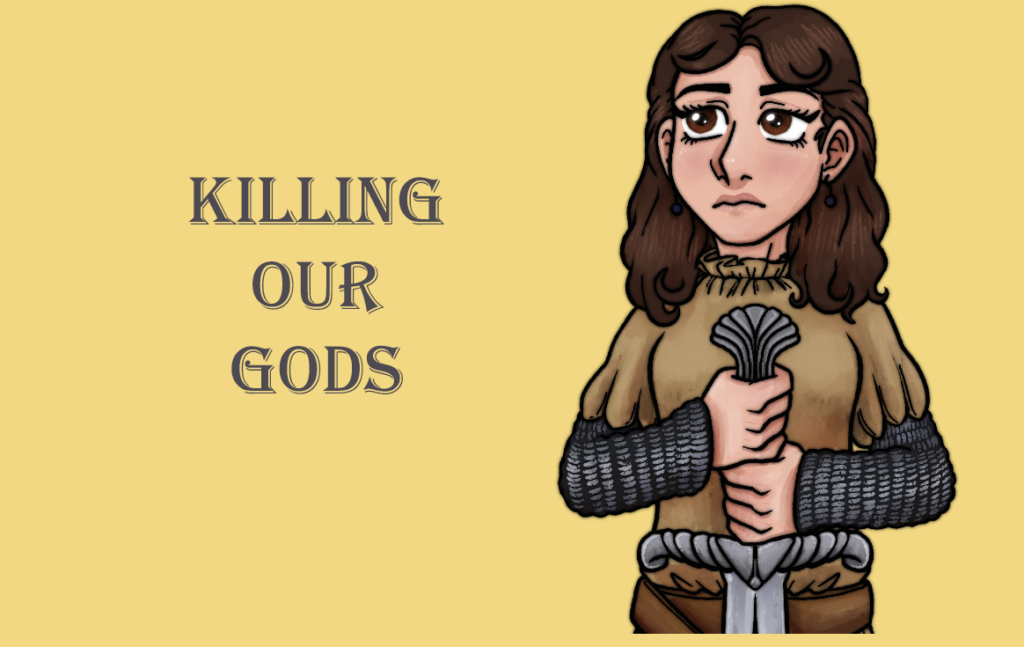
Killing Our Gods: Keeper of the Flame—On Dark Souls, Losing Faith, and Divine Empire
Killing Our Gods is a monthly column from Grace Benfell about Christianity, religion, and role-playing through a queer, Marxist, and lapsed Mormon lens.
Of all the titles I have written about here, Dark Souls is likely the one that most explicitly evokes the column’s title. The opening cutscene of the original Dark Souls trots out a pantheon of deities. All sought the power of Fire and used it to put an end to the sterile world and create an empire. When the game starts, though, Fire has faded. The cursed undead are corralled to await the coming dark. The game then tasks the player, its chosen undead, to travel across the land in pilgrimage, to vanish the old gods, and to relink the flame. By Dark Souls 3, the cycle has occurred over and over again. The gods you kill are Lords of Cinder, others who linked the flame and became kings in the sunlight.
Though Dark Souls 3 expands the cycle, from the first game you are surrounded by the death brought by flame, the haunted structures of ancient lords long since dead and gone. Part of this, of course, is that the game of Dark Souls cannot accommodate a living society. Fighting one’s way through layers of enemies in old dungeons and crypts is inherently apocalyptic. The hostility of Dark Souls requires a world that does not want the player to live. However, the subtext of that hostility is that this is what fire does. It, by nature, creates a desperate and fractured world. Every Dark Souls game is a three-dimensional model of class. The broken, wooden houses of Blighttown are built on the walls of the cities of the gods. The land of lords hovers over the destitute towns of the undead like the sword over Jerusalem. In that fabled opening cutscene, the narrator even says, “With Fire came disparity.” The process of Dark Souls is exploring and reinstituting that disparity.
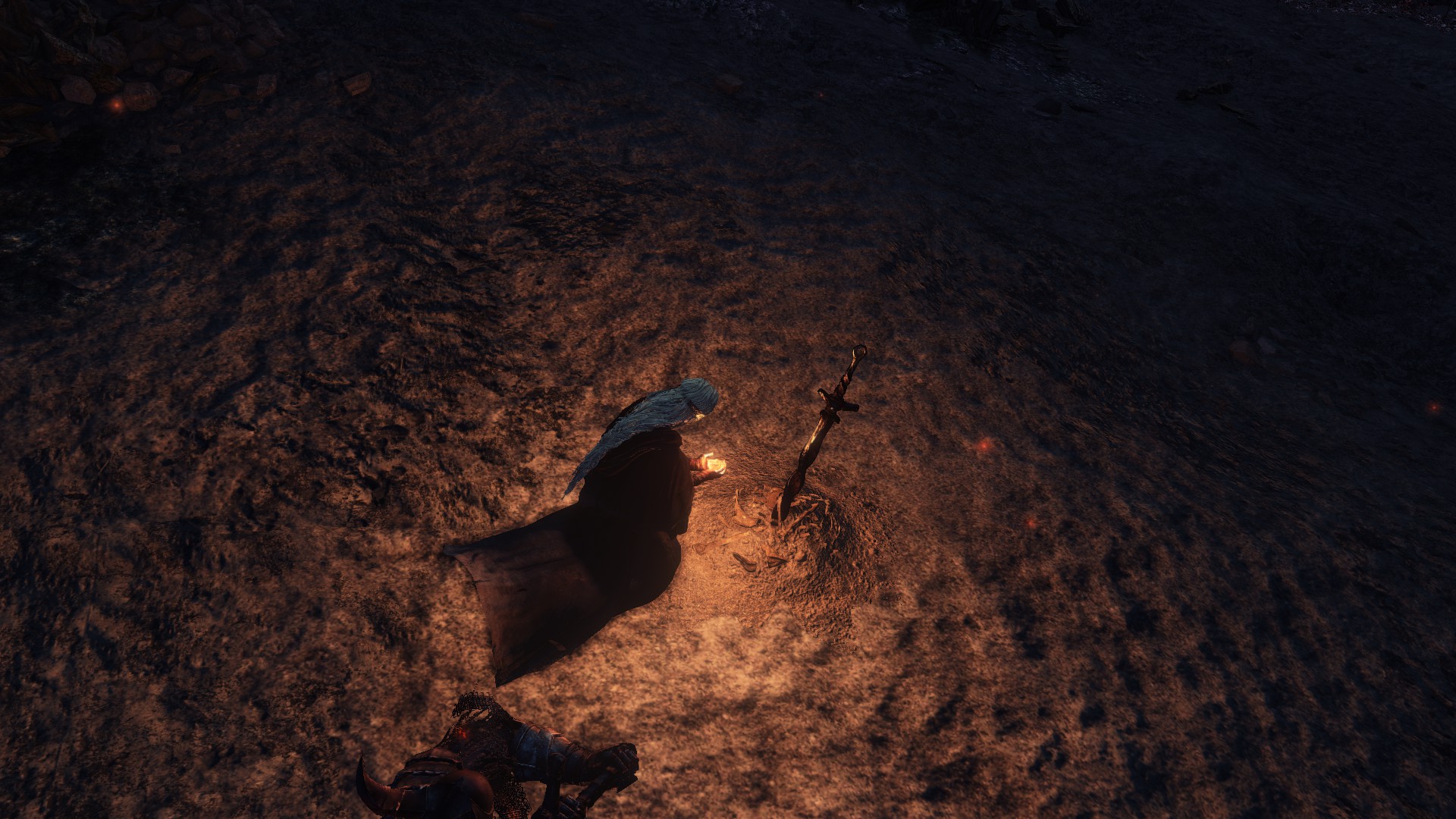
Caught between the gods and the undead are the Fire Keepers. They are priestesses that maintain the bonfires that dot the world, the few places of safety that remain for the marginalized undead. The Fire Keepers are not innocent, they play a key role in maintaining the empire of fire, but they are also separate from the violence of seizing that empire’s throne. Rather they maintain the pockets of community. The firelink shrines in Dark Souls 1 and 3 are overseen by a Fire Keeper, who maintains their flame and will offer you sustaining power by blessing your healing flask. Their power also makes them vulnerable. It is worth addressing also, that every known Fire Keeper is both a woman and disabled. It leans on the ableist trope of the mystic disabled person. However, it also points to the way the marginalized are assimilated into power and how power can use that marginalization against them. Unless you prevent it, the Fire Keeper of Dark Souls 1 is murdered. One of Dark Souls 3’s endings is killing the Fire Keeper to claim Fire for yourself. Because they channel power, they can get hurt by it.
In essence, they act as clergymen. If the Lords of Fire are divine kings and the undead are pilgrims, Fire Keepers are the arbeiters of sacred sites. They stand guard over the stations of the cross and show the way to divinity. They are leaders in a community of faith.
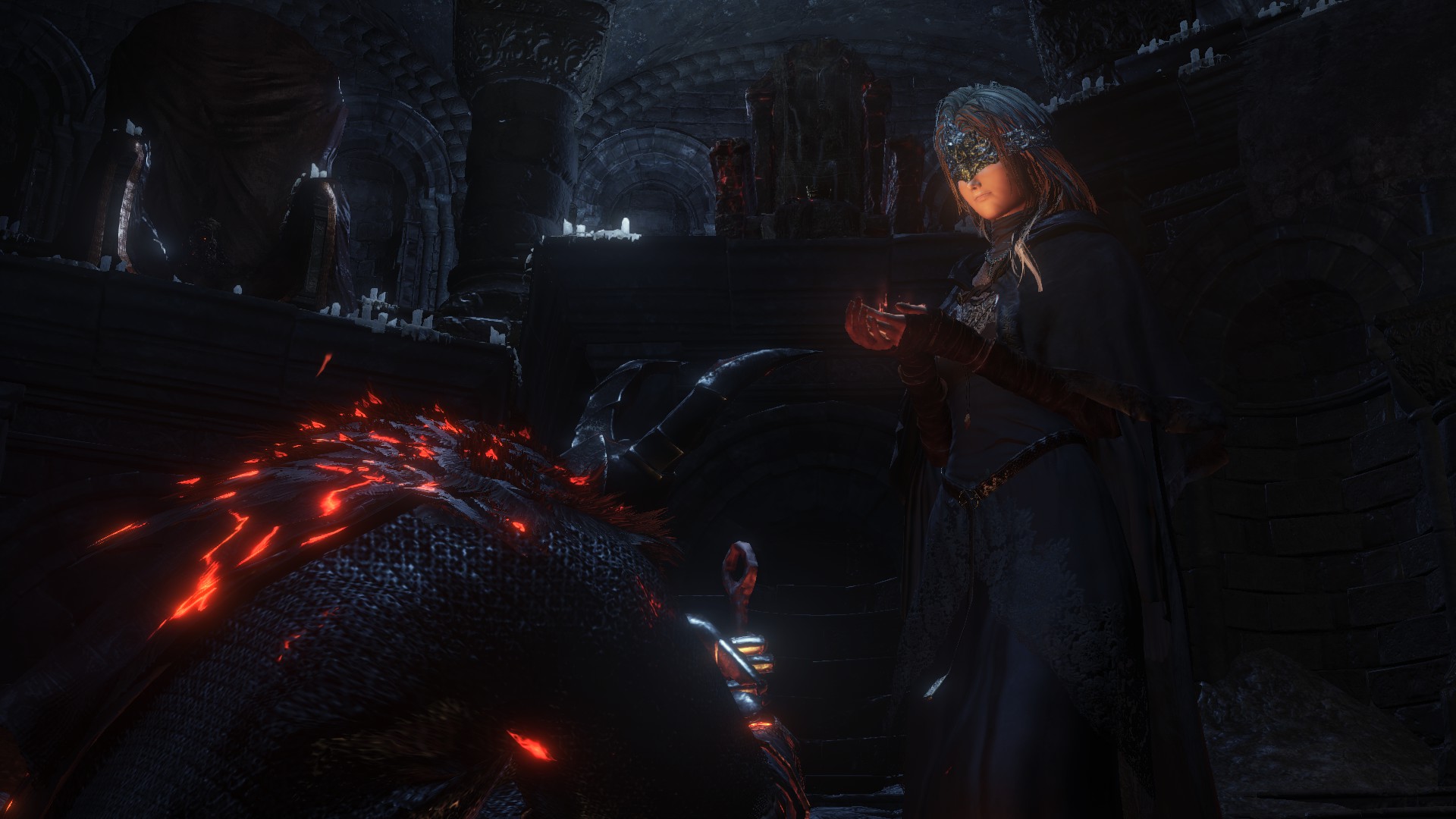
While the ritual and process of faith is present in every Dark Souls, it hit me especially hard in 3. Since Dark Souls 2, I’ve taken to at least throwing some points in faith, the stat that allows you to cast healing miracles. In Dark Souls 3, you find a nun, Irina of Carim. She is blind, but if you bring her back to Firelink Shrine and find for her tomes in brail, she can teach you the ancient tales of faith. I imagined that Ann, my character, swapped stories with her, learning the miracles anew, and falling in love in the process. Eventually, Irina too became a Fire Keeper. She blessed Ann, her sweet champion of ash, with the power of souls. Through our faith, we uplifted each other.
However, next to the Firelink Shrine, there is a tower. It is a grave. Piled from the bottom of the tower are the bodies of countless Fire Keepers. Recycled beings, used as they are needed and then discarded. This is what fire does, even to its devotees. But, perhaps because of the purpose it grants, perhaps because of the community Irina found, she sits in the dark, among her sisters, promising one day to join them.
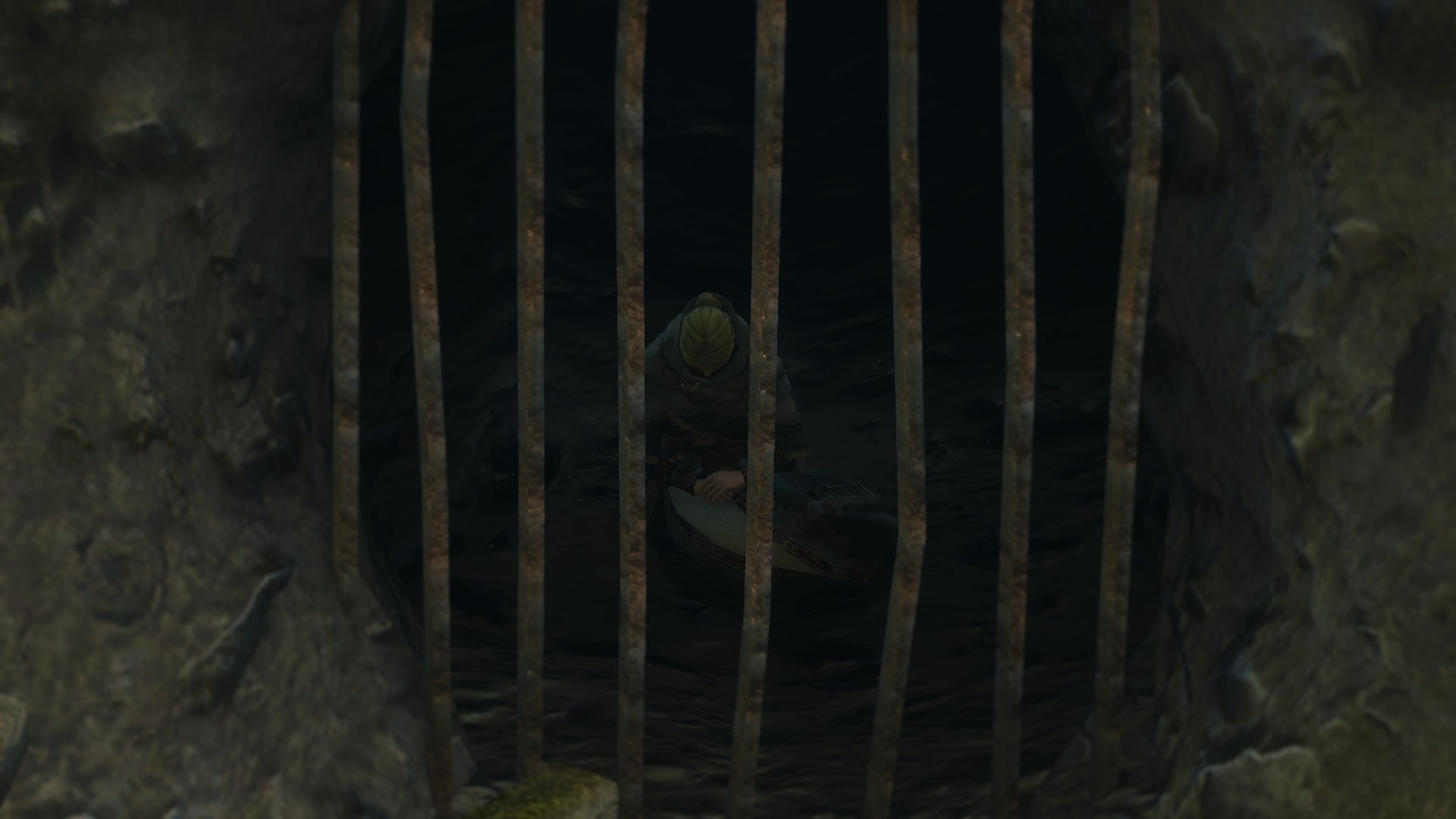
In my mind’s eye, this horrified Ann. She had worked to kill these Lords, because the undead around her seemed to need the light. They treated her with reverence and respect, even love. She took in every vagabond and let them pledge themselves to her, because she believed she was helping them. She dutifully learned her miracles, as I placed more points in faith, because she believed in the power of the light to heal. Explicitly, the words of the miracles are stories of the faithful. I imagine Ann growing more resolute in her faith after hearing Irina recite what amounts to scripture. It was only after seeing Irina among the dead that she began to wonder and search for a way to end Fire. The Fire Keeper is also blind, but below the earth in a darkened parallel to Firelink, Ann found her eyes and returned them to her. With this new eyesight the Keeper saw the darkness, the possibility of Fire ending.
The Fire Keeper responded to that revelation with both loyalty and horror. She will end Fire if so asked, but is terrified by how the dark entices her. If you talk to her after this conversation, she will remind you that if you want to simply link the fire again, all you must do is kill her. She will be reborn, without the terrible memory of an alternate world.
This is the terror of losing faith. Even the gestures of another way, a world without Gods to be or kill, can seem impossible. The fact is, the Fire Keeper is one of the few people remaining that clings to any kind of real community. Firelink Shrine is one of the few safe places left in the world and it languished. The promise of relinking the Fire is that more places will be safe, that the world will grow uncorrupted. Maybe this time, Fire will not burn us. She would rather die, and her fellow Keeper Irina would rather languish among the dead, than face the possibility that Fire will not save.
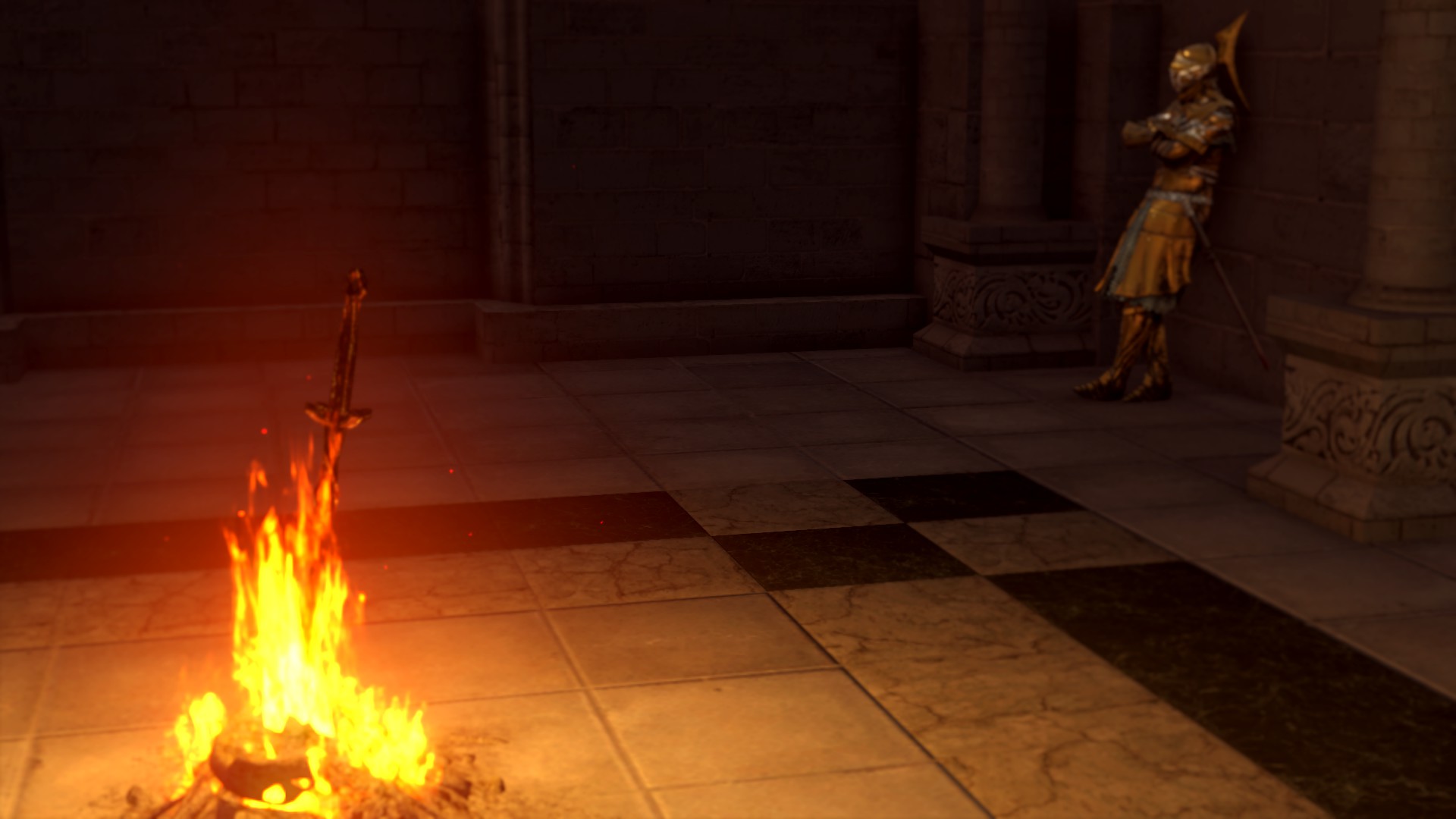
It does not matter whether Gwyn, the first linker of the flame, actually believes in Fire’s power. He has every material incentive to believe it. He will act as if he does, whether he does or not. It does matter though, whether you believe it. Because although fire structures the lives of the player and the Fire Keepers, they are not powerful. Not yet. They can still choose to end it.
There are two kinds of faith in Dark Souls. The literal stat and the abilities it grants you of course. There is also the faith in Fire. There is the belief that by linking the flame, you will free the undead, you will make things right. By the end of Dark Souls 3, this is impossible to believe. The embers of the flame resurrect the souls of the dead to die again and again. The hollow eyes of the Fire Keepers stare at their successors. However, the warmth of Firelink Shrine remains. The faith of the Fire Keeper pledges you to relink the flame. Ann’s faith pushes her on through fights with the Gods.
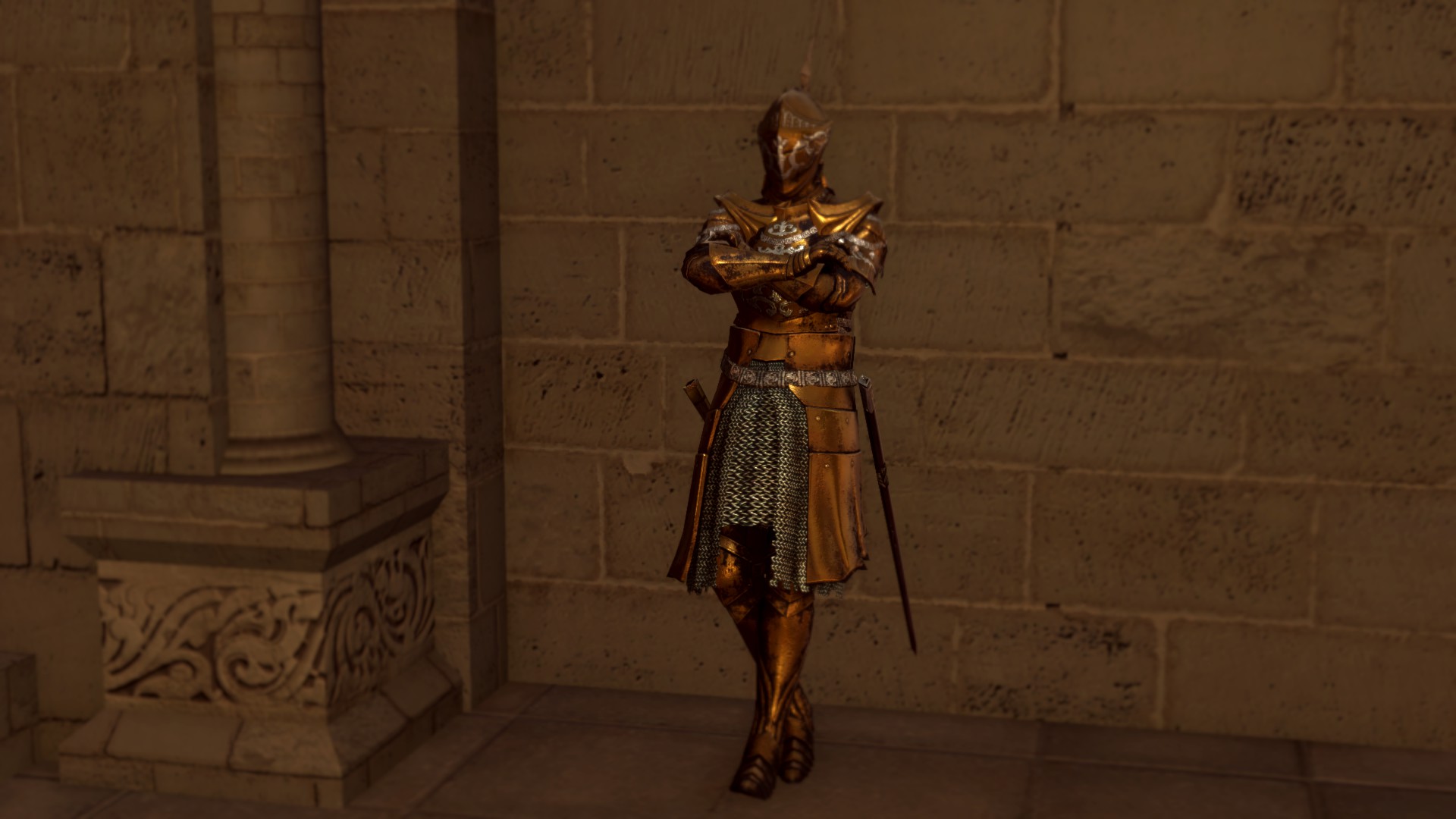
Sometimes, though, even when that faith is warm and comforting, one must let it go. The dark mirror of Firelink Shrine represents that even a community can serve something sinister. That someday, when the Fire fades, we will be only bones, picked over by the knights of long dead kings. We need something new, even if that something new requires a leap into the dark. This meant that Ann’s faith shifted. It remained her highest stat, her weapon enchanted with divine lightning. Instead though, she pushed into the dark, believing that there would be a new world beyond Fire. When she killed the last lord of Fire, it was with the miracles that Irina taught her.
Though every Dark Souls game offers an alternative to linking the fire, none of the them show much and none of them are particularly optimistic. Dark Souls 3 though, gets closest. The Fire Keeper speaks to Ann as the light fades, telling her of the distant flames. Then as the fire is completely faded, the former Fire Keeper reaches for Ann’s hand and whispers “Ashen one, hearest thou my voice, still?”
Maybe, after it all, when the cruel Gods are dead, we will still have each other. Maybe we can have faith in that.





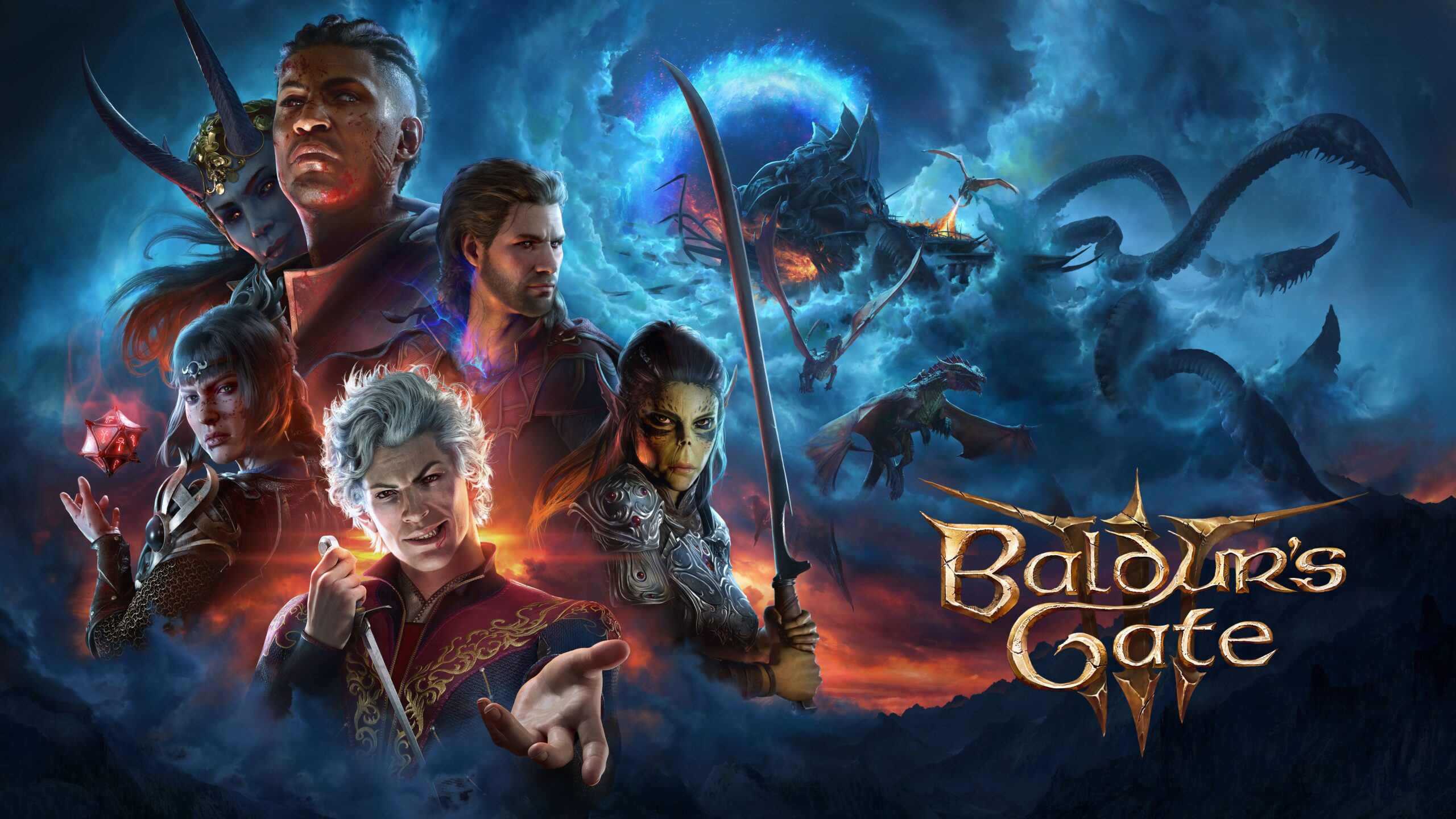
1 thought on “Killing Our Gods: Keeper of the Flame—On Dark Souls, Losing Faith, and Divine Empire”